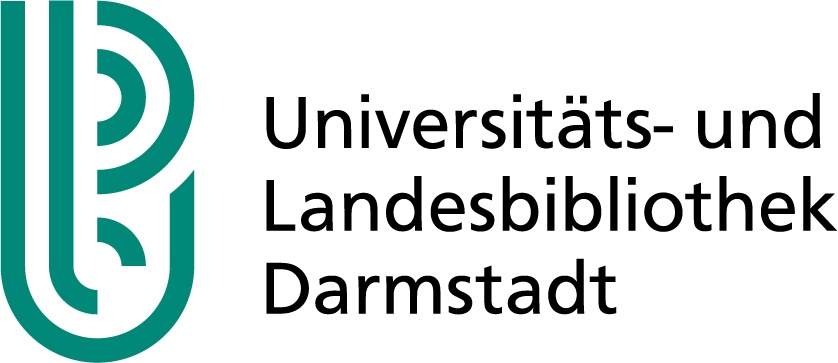The University and State Library Darmstadt (ULB) provides recommendations on how to label and document the use of artificial intelligence (AI) in the scientific writing process. Examples of referencing AI-generated text in four different citation styles (APA, Chicago, MLA and DIN ISO 690) are presented. Specific applications of AI in the writing process are also outlined, together with suggestions on how they may be documented.
These recommendations are intended as guidance and are updated regularly to reflect new developments and requirements. However, binding regulations regarding the use of AI in academic work are determined by the respective departments and examiners. It is the responsibility of each individual to ensure compliance with legal requirements and the principles of good scientific practice.


